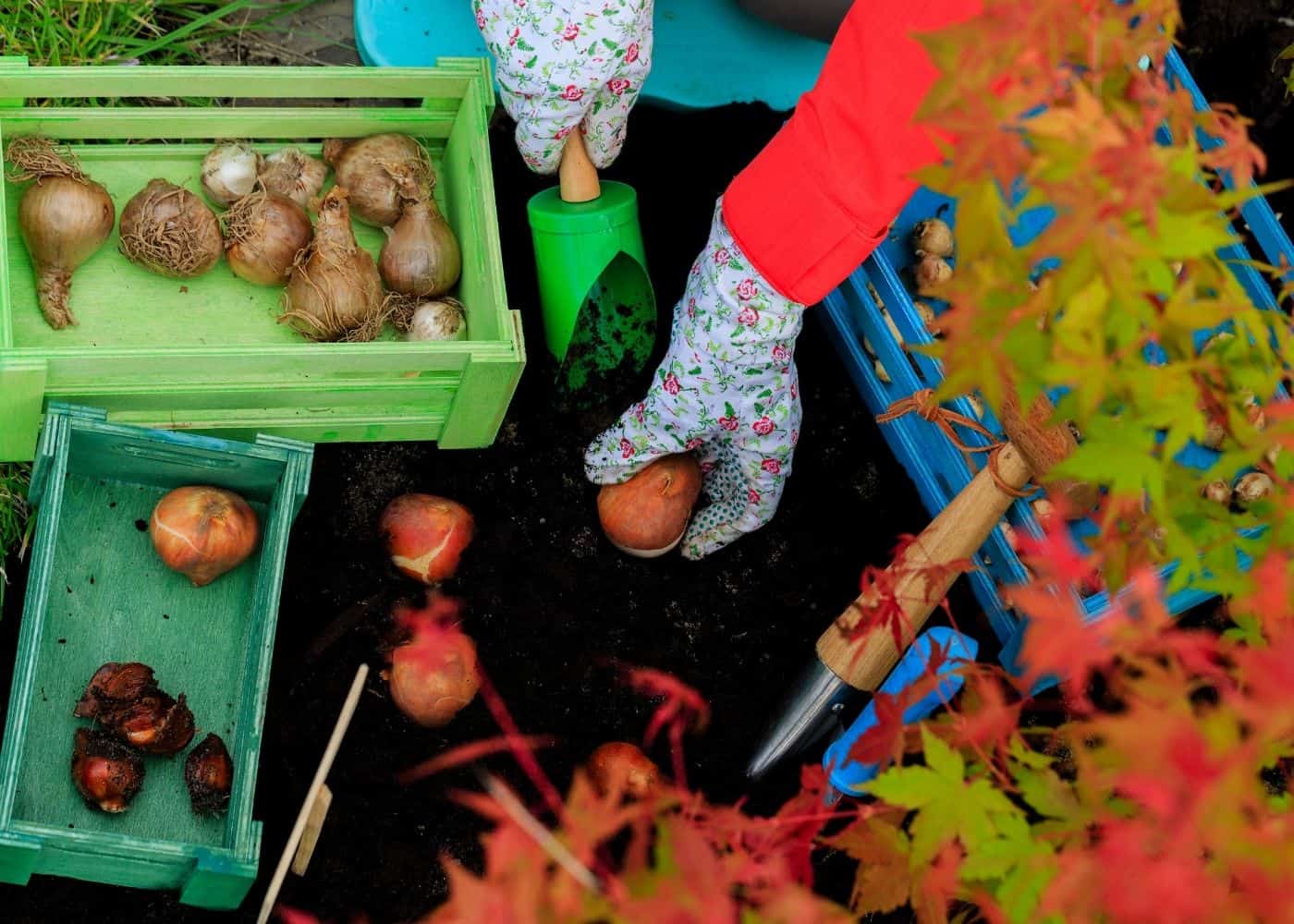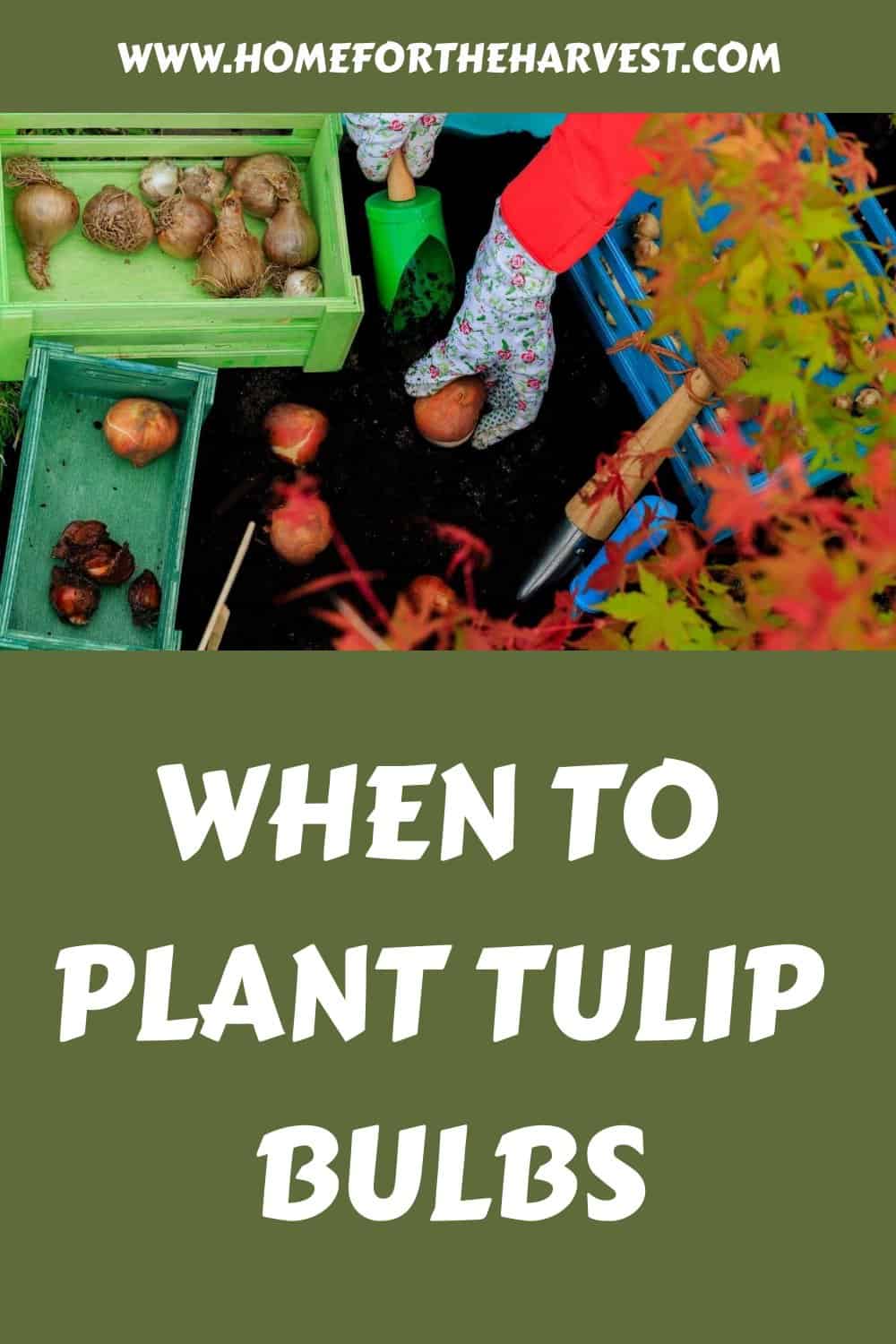Tulips are generally planted in the fall.
In chilly Zones 3-4 (parts of Alaska, Minnesota), plant tulip bulbs in late September or early October. In temperate Zones 5-7 (areas of Michigan, New York, and Ohio), wait until October or early November to plant them.
Plant tulip bulbs from November to January in warmer Zones 8-10 (some northern regions of Texas, Florida, and Arizona). Tulip bulbs require 8-13 weeks of chilling below 50°F (10°C), meaning that growers in the warmest areas may need to chill bulbs in the refrigerator.
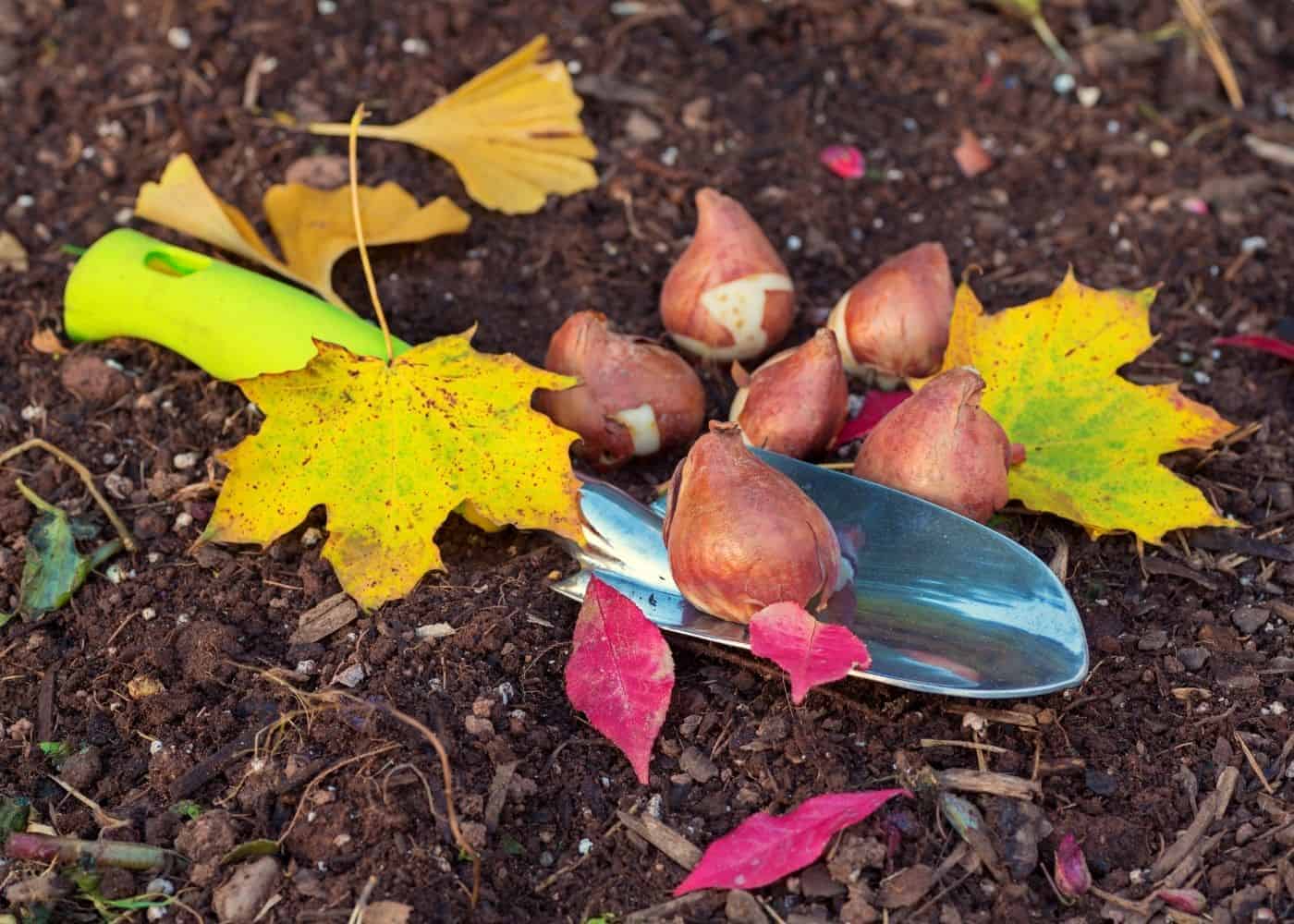
When to plant tulip bulbs
Tulip bulbs are planted in the fall. The best time for planting is usually when the leaves have fallen off most deciduous trees, but it has not yet snowed (and the ground is not yet frozen). Tulips are planted at the same time as daffodil bulbs and other fall-planted flower bulbs.
For best results, dig bulbs 6″ deep and 3″-6″ apart with the pointy ends up. This ensures your bulbs are insulated from frost and from experiencing too many freeze/thaw cycles. Lastly, a top dressing of 1″ of organic compost can act as protective mulch while also supplying nutrients to the soil below.
By burying your bulbs deep under the soil, you’re also discouraging pest animals (especially rodents like squirrels) from eating them. If pests are particularly aggressive, you can even top the bed with chicken wire.
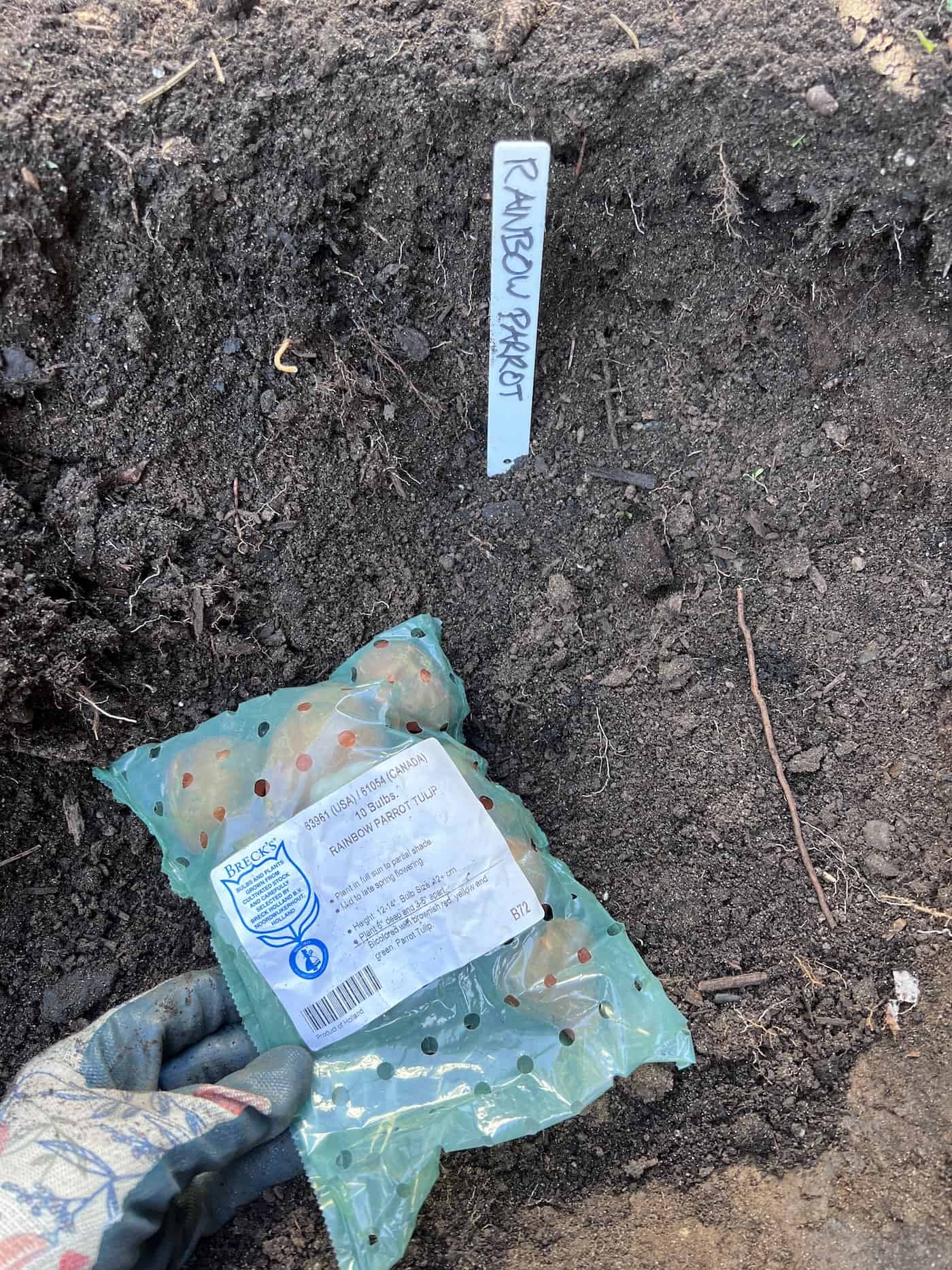
Whenever you plant your tulip bulbs, look for an area that will be in full sun in early spring. This can include areas under deciduous trees that may not leaf out fully until early summer. A full sun planting location helps the plants photosynthesize to produce strong stems and bodacious flowers.
Tulips also grow best in soil with good drainage (avoid heavy clay). Water bulbs deeply after planting to help the soil settle and to check that the water drains easily into the soil.
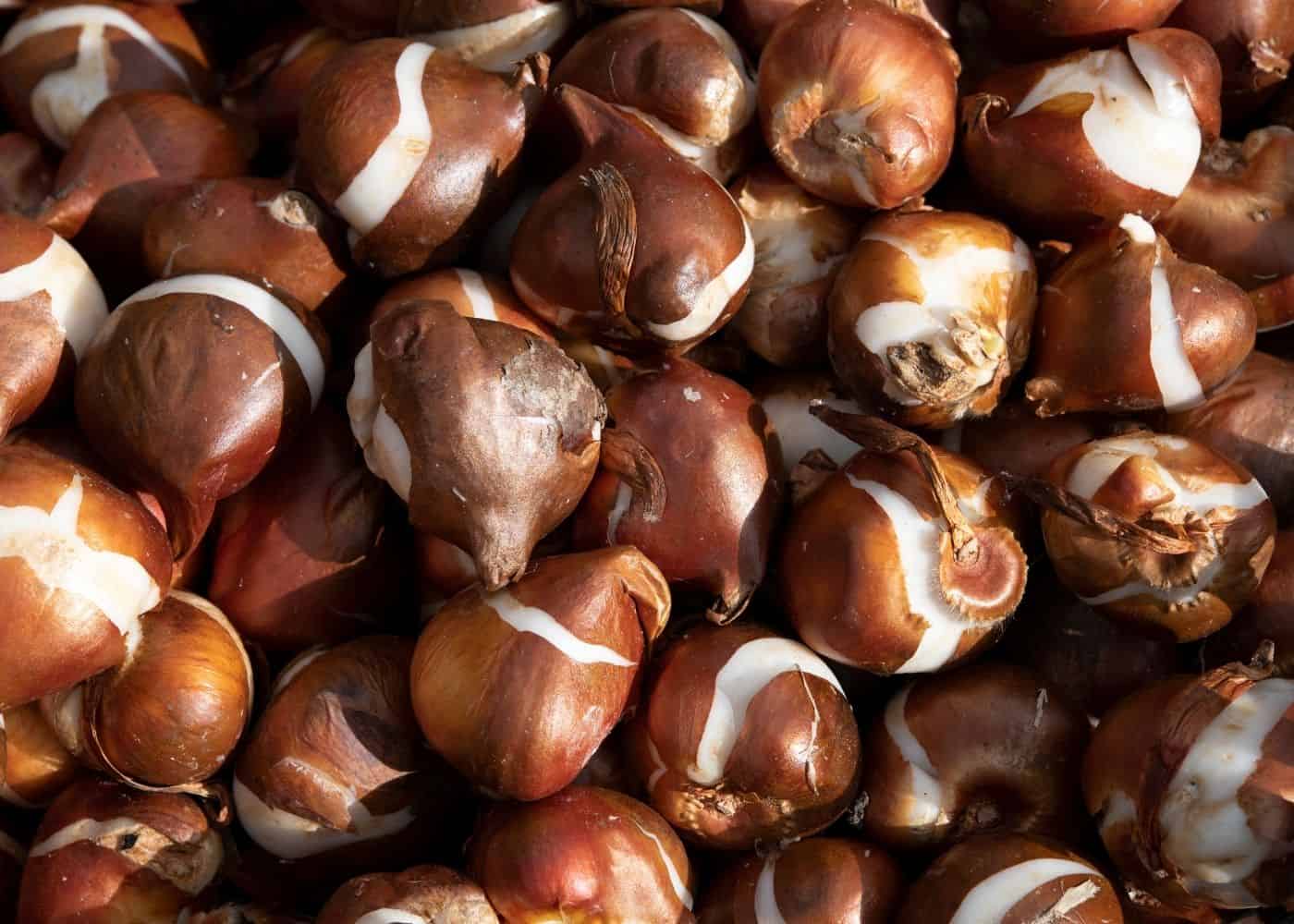
Temperature effects on tulip bulbs
Tulips are very particular when it comes to temperature. Bulbs are grown in the soil by farmers in the spring and summer before being dug up and placed in climate-controlled storage to prepare for fall shipping.
Flower buds develop in August if bulbs are stored at the right temperature, meaning that the start of next year’s flower is already in the bulb when it goes into the ground. The best outdoor temperature for planting tulips is between 32-55 degrees Fahrenheit.
“As tulips hail from Central Asia and south-eastern Europe roughly along the latitude of 40°N, they survive very cold winters with the bulbs safely tucked up under a blanket of snow in an insulating bed of earth.”
Tulips: Beautiful Varieties for Home and Garden, by Jane Eastoe
When to plant tulip bulbs in Zones 3-4
In Hardiness Zones 3-4, tulip bulbs are planted from late September to October. Zones 3-4 include portions of states such as Alaska and Minnesota. Winters in the coldest locations here can go down to air temperatures as low as – 40°F (-40 °C). These harsh conditions mean that tulip bulbs can be planted at depths of 6″-8″ if necessary to avoid unnecessary freeze-thaw cycles.
Cooler climates like these tend to get winter frost much more quickly than warm climates. When the ground gets below freezing, it can be difficult for your bulb to grow roots and attach to the ground. For best results when planting your tulip bulbs, aim to plant during September-October as the weather is optimal, but the soil is not generally frozen. This timing is especially important in nutrient-poor soils, where a bulb fertilizer is mixed into the soil during planting.
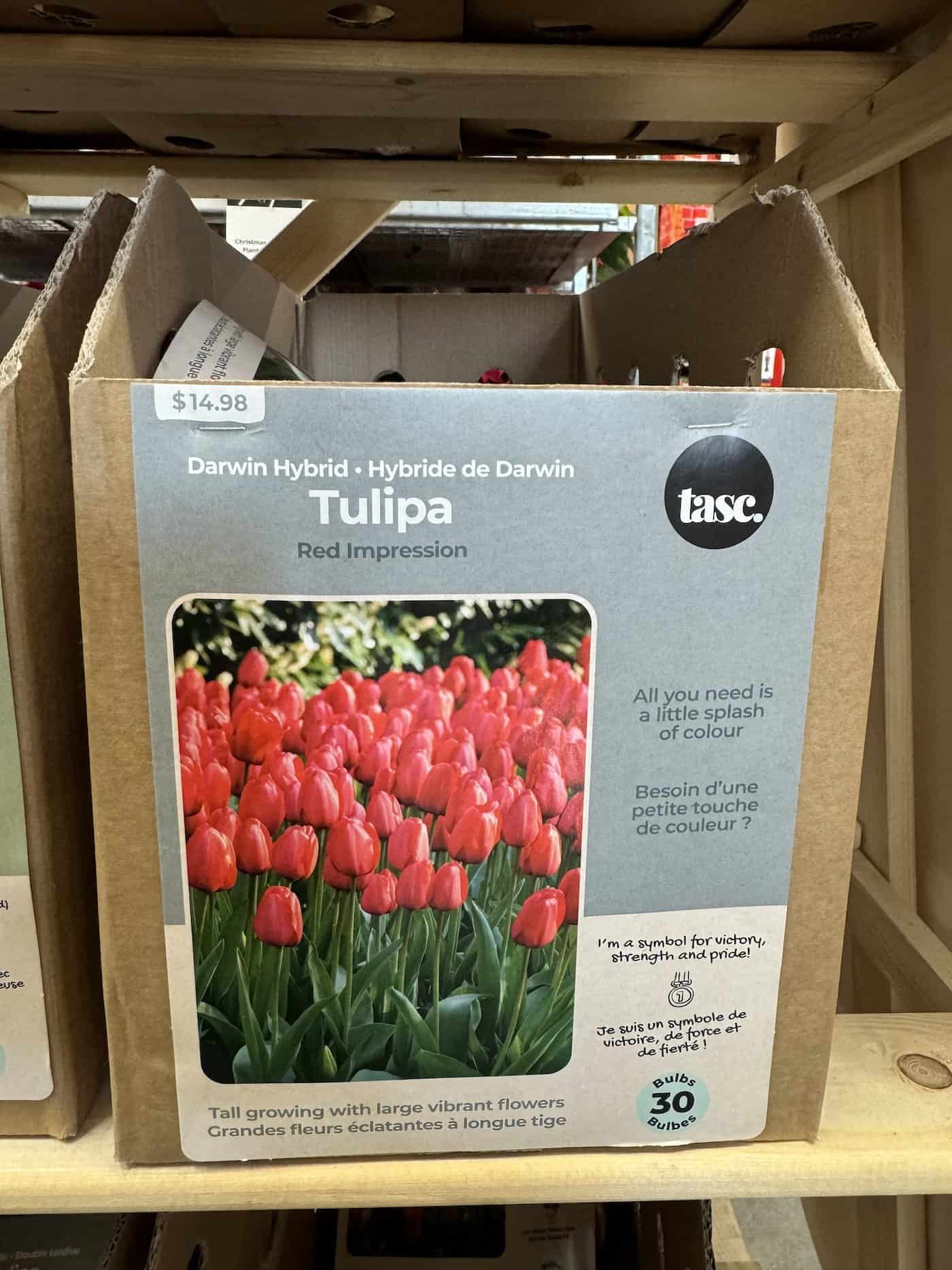
When to plant tulip bulbs in Zones 5-7
In Zones 5-7, tulip bulbs need to be planted from October to early November for best results. Zones 5-7 include portions of Michigan, New York, and Ohio. In the coolest spots, winter air can get down to -20°F (-26°C).
The soil temperature for planting your tulip bulbs tends to be optimal in these areas from October to November. If your area is having a particularly warm fall season, you can wait until late fall or pre-chill your bulbs so they bloom properly. The humidity in some locations tends to be higher than in Zones 3-4, so you need to make sure your bulbs stay cold before and during planting to keep bulbs from molding in warm and wet conditions.
When to plant tulip bulbs in Zones 8-10
Zones 8-10 are a little more difficult for planting tulip bulbs as the soil temperature may not be cool enough to facilitate bulb rooting. Winters here only go to lows of 10 °F (-12 °C) in terms of air temperature, and the ground may not freeze (meaning bulbs can be planted at a shallow depth of 4″ if desired). Zones 8-10 include portions of Texas, Florida, and Arizona.
In Zones 8-10+, tulip bulbs are generally planted from November to January. Gardeners in these zones typically purchase pre-chilled tulip bulbs or chill the bulbs in a spare refrigerator at home.
Pre-chilled bulbs are kept by growers in climate-controlled storage at optimal temperatures for rooting (about 48°F/9°C). At home, bulbs can be chilled in the fridge at 34°-50°F (1°-10°C) for 8-13 weeks.
“If you live in a warmer climate, such as USDA Zone 8-10, you will need to replicate a period of cold to trigger root growth, as is done when tulips are “forced” to bloom early.”
Tulips: Beautiful Varieties for Home and Garden, by Jane Eastoe
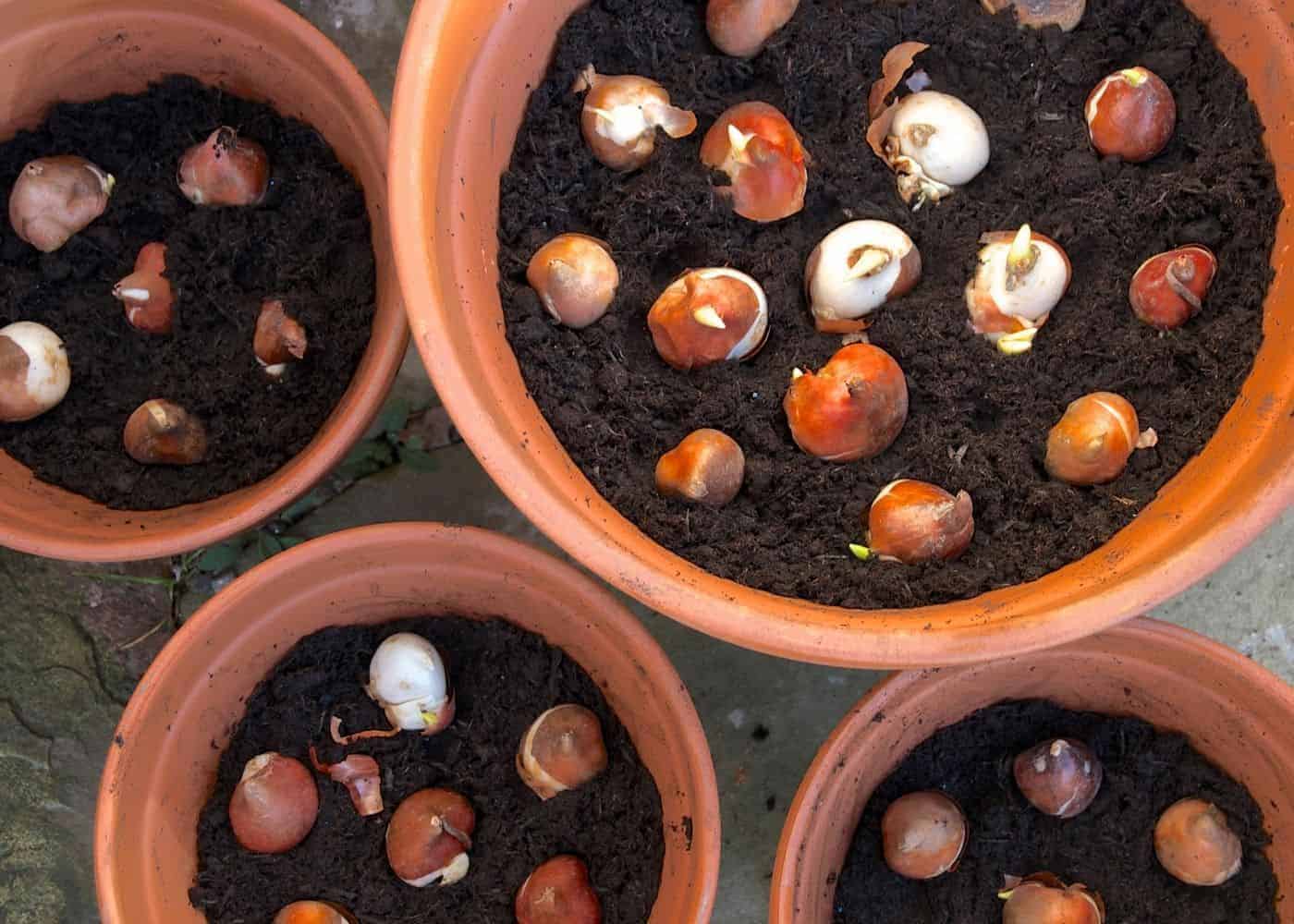
When to plant tulips indoors
Forcing tulips indoors allows you to control the time of blooming. Forcing tulip bulbs is generally done by chilling the bulbs and bringing them up to warmer temperatures so they flower earlier than they would outside. If bulbs are chilled early enough, they can be forced to bloom in December-February!
Start by chilling the bulbs for 8-13 weeks at 40°-50°F (4°-10°C). Chilling the bulbs can be done in a spare refrigerator (as long as it doesn’t contain any fruit), or can be done in a garage or outside in the elements if weather conditions permit. Bulbs can be chilled in the fridge on their own or can be planted in a pot and chilled in their planter pot.
Once the bulbs have chilled for 8-13 weeks, the bulbs/pot are removed from chilling and brought up to room temperature. The increased temperatures encourage the bulbs to flower indoors in their planter pot (or vase if forced in water). By forcing tulip bulbs, you can have lovely bright flowers weeks or months before the perennials in your garden are in bloom!
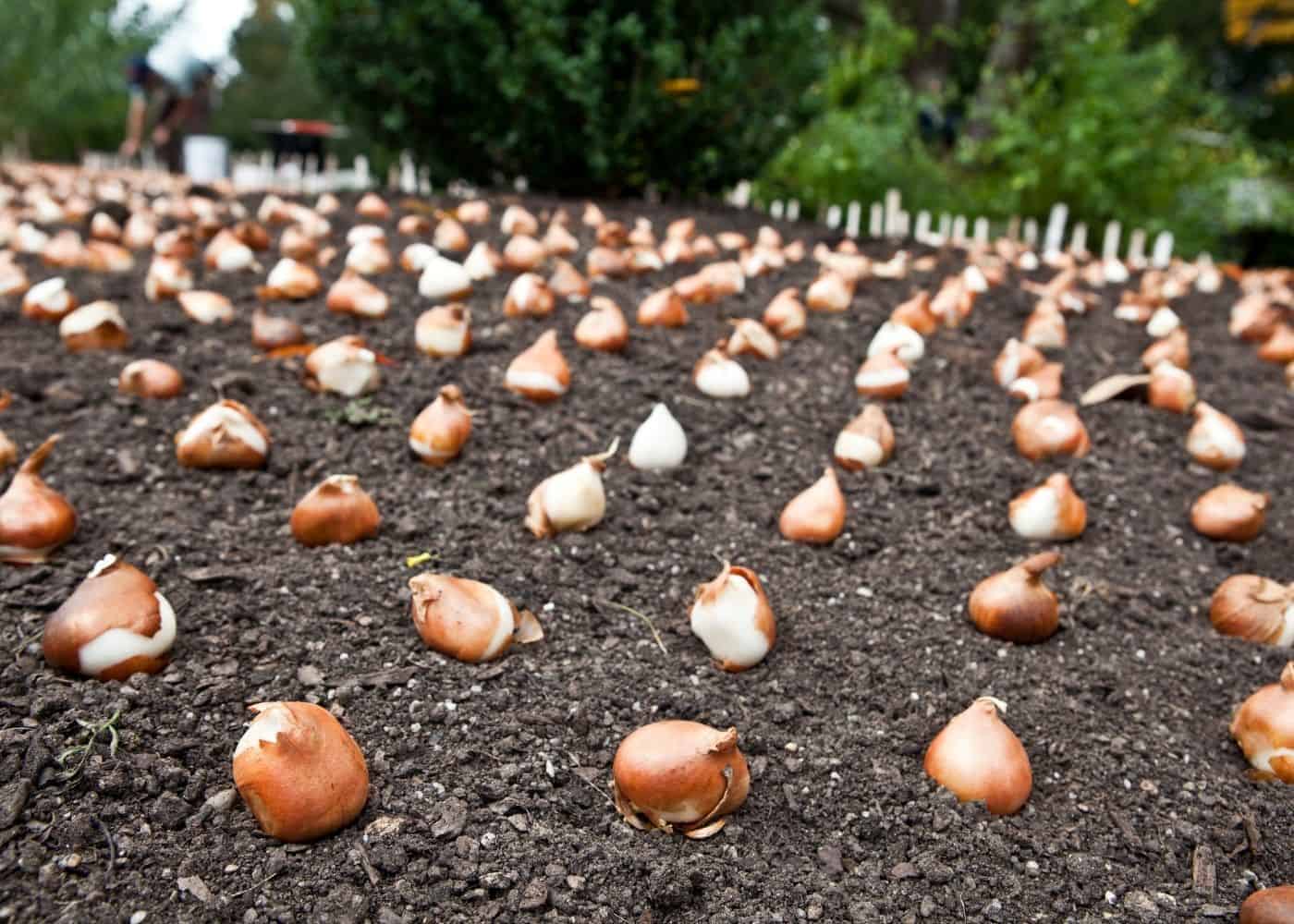
Tulip care after planting bulbs in the fall
No matter where you live, you’ll need to water your bulbs immediately after you plant them. Check for heavy clay soil by watching to see that water does not pool after watering. If you live in a hot, dry climate with little moisture in the fall, you may need to keep watering them on a semi-regular schedule. If you live in a rainy climate, you won’t need to water your bulbs, as overwatering can cause rot in the bulb bed.


